China’s first contemporary photography museum is putting local artists in focus
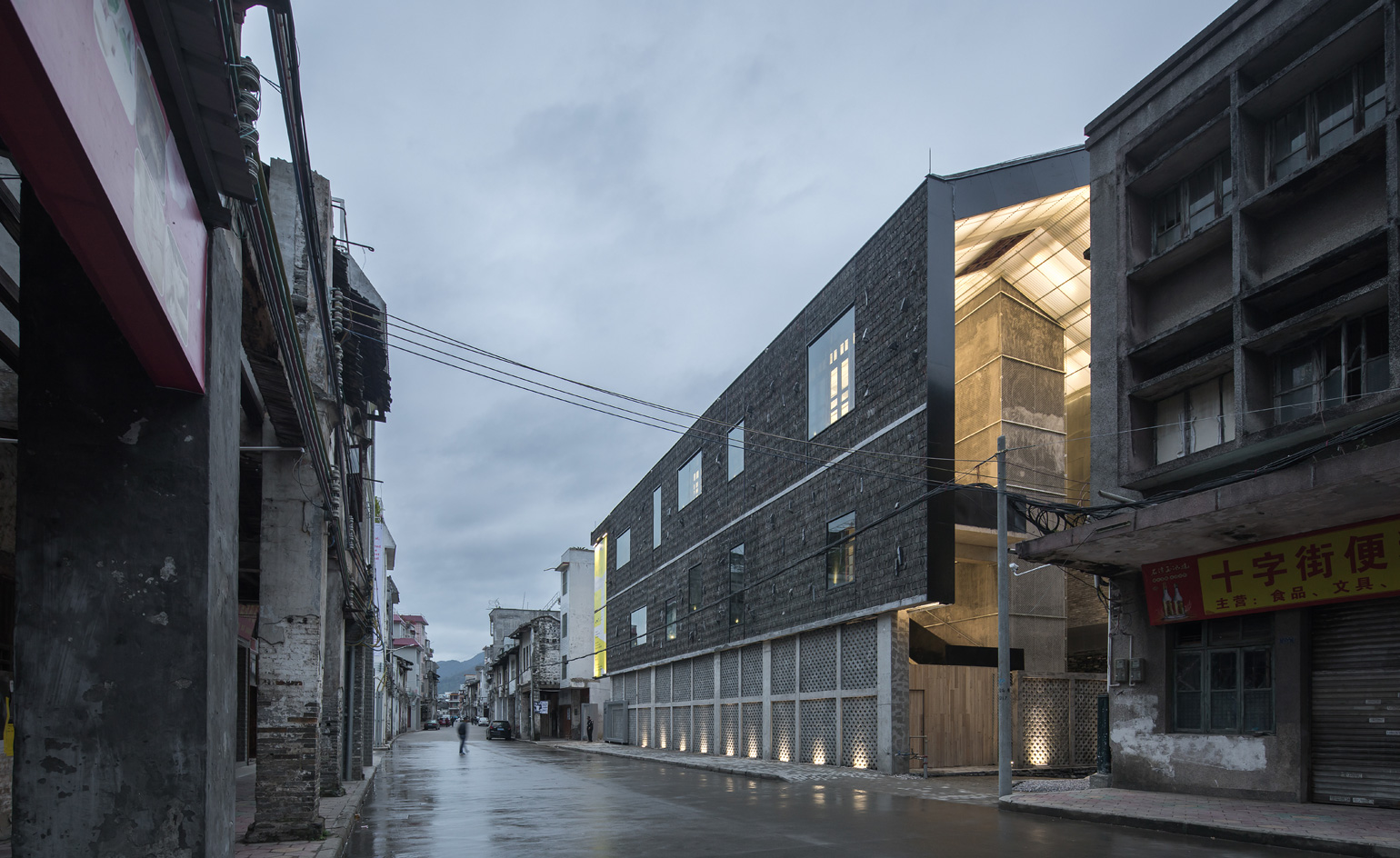
One might expect a striking new art museum to pop up in Beijing or Shanghai – but not a small mountain city in northern China. The Lianzhou Museum of Photography (LMP), which opened in December, offers a window into the world of contemporary Chinese photography beyond the blockbuster names of Ai Weiwei and the late Ren Hang.
It all started in 2005, when museum director Duan Yuting first formed the Lianzhou Foto Festival. ‘From the early years of the photography festival, scholars, experts and curators from the photography, art and intellectual communities advocated the establishment of a photography archive in Lianzhou,’ explains Yuting of the initiative, which has grown exponentially over the past 13 years. ‘The original intention was that, in addition to presenting photographs at the festival, we should build an archive.’
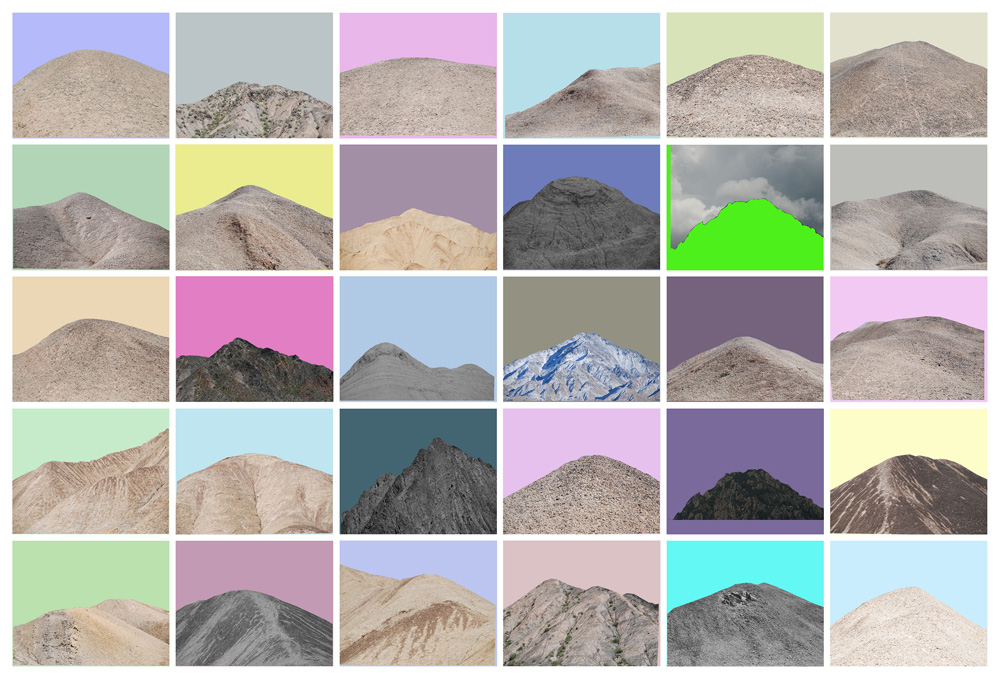
Qilian Range – 11, 2015, by Zhuang Hui
Designed by Chinese firm O-office Architects, the new museum launched with four solo exhibitions, including two focused on Chinese artists. Beijing photographer Zhuang Hui, a key figure in China’s New Photo movement in the 1990s, is presenting a series of landscapes and portraits. Elsewhere, there’s an intriguing display by Zhang Hai’er, whose Bad Girls portrait series subverts mainstream notions of sexuality; the Guangzhou-born artist rose to prominence in the 1980s for his experimental shooting style.
The museum also features exhibitions by New York-based Scottish photographer Albert Watson, who has captured fashion and celebrities since the 1970s – among them Steve Jobs, Kate Moss and David Bowie (a rare image from 1996 is worth a detour). French photographer Baptiste Rabichon, meanwhile, is exhibiting photo-collages of lilacs and roses alongside mysterious silhouettes.
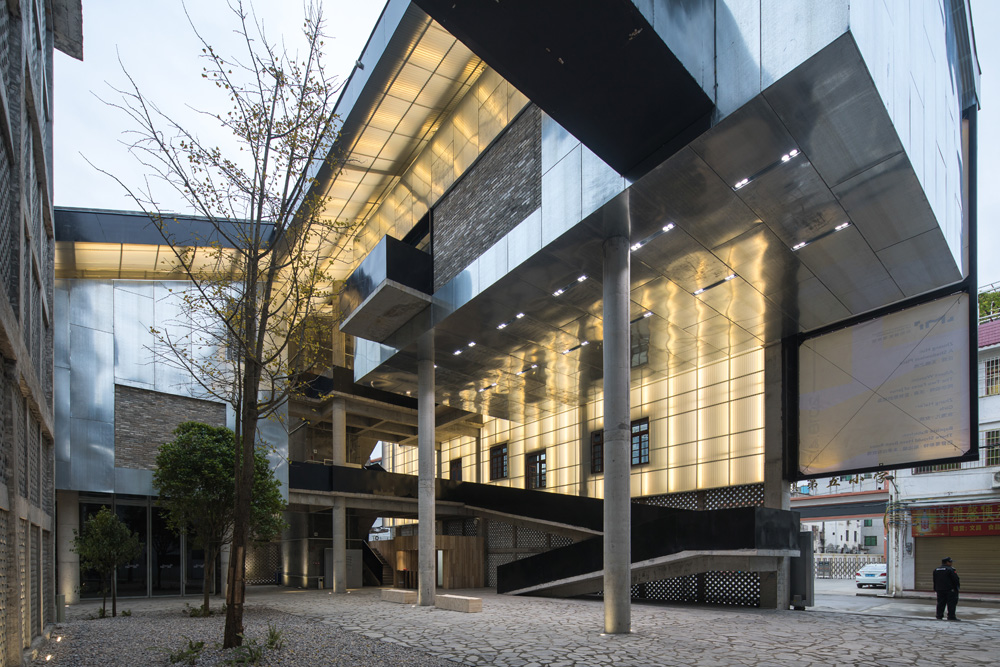
Lianzhou Museum of Photography. Courtesy of O-Office
The Lianzhou Foto Festival has previously featured California photographer Reagan Louie, who has shot extensively in Asia; Canadian conceptual artist Suzy Lake; Beijing-based Chen Wei, who documents steamy nightclubs; and Los Angeles artist Amalia Ulman, renowned for her Instagram self-portraits exploring role-playing in digital art and social media. The festival’s roster is certainly a promising sign of good things to come for the museum.
The goal of LMP is not only to draw tourists but pay homage to the locals. ‘Photography may help Lianzhou once again, giving a considerable boost to its economic and urban development,’ says Yuting. ‘We are certain that photography will take root and flourish in this beautiful city.’
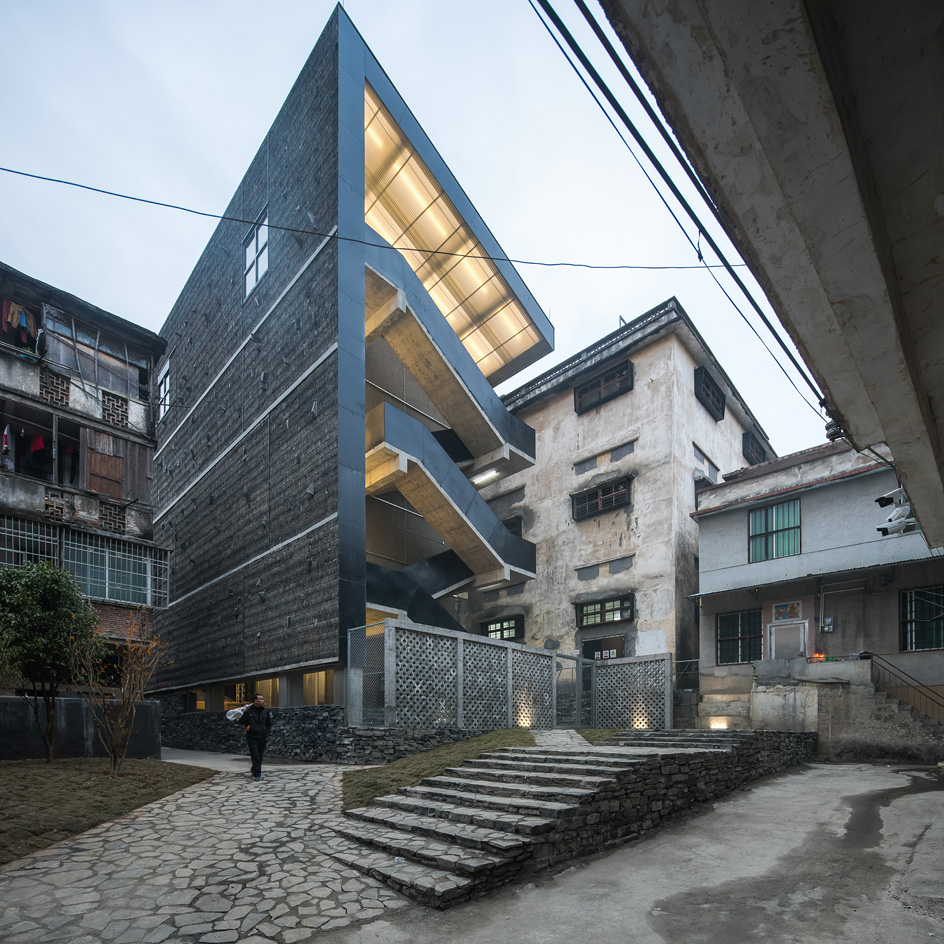
The design concept is rooted in the urban context of old Lianzhou. Photography: Chaos Z. Courtesy of O-Office
The Lianzhou Foto Festival has previously featured California photographer Reagan Louie, who has shot extensively in Asia; Canadian conceptual artist Suzy Lake; Beijing-based Chen Wei, who documents steamy nightclubs; and Los Angeles artist Amalia Ulman, renowned for her Instagram self-portraits exploring role-playing in digital art and social media. The festival’s roster is certainly a promising sign of good things to come for the museum.
The goal of LMP is not only to draw tourists but pay homage to the locals. ‘Photography may help Lianzhou once again, giving a considerable boost to its economic and urban development,’ says Yuting. ‘We are certain that photography will take root and flourish in this beautiful city.’
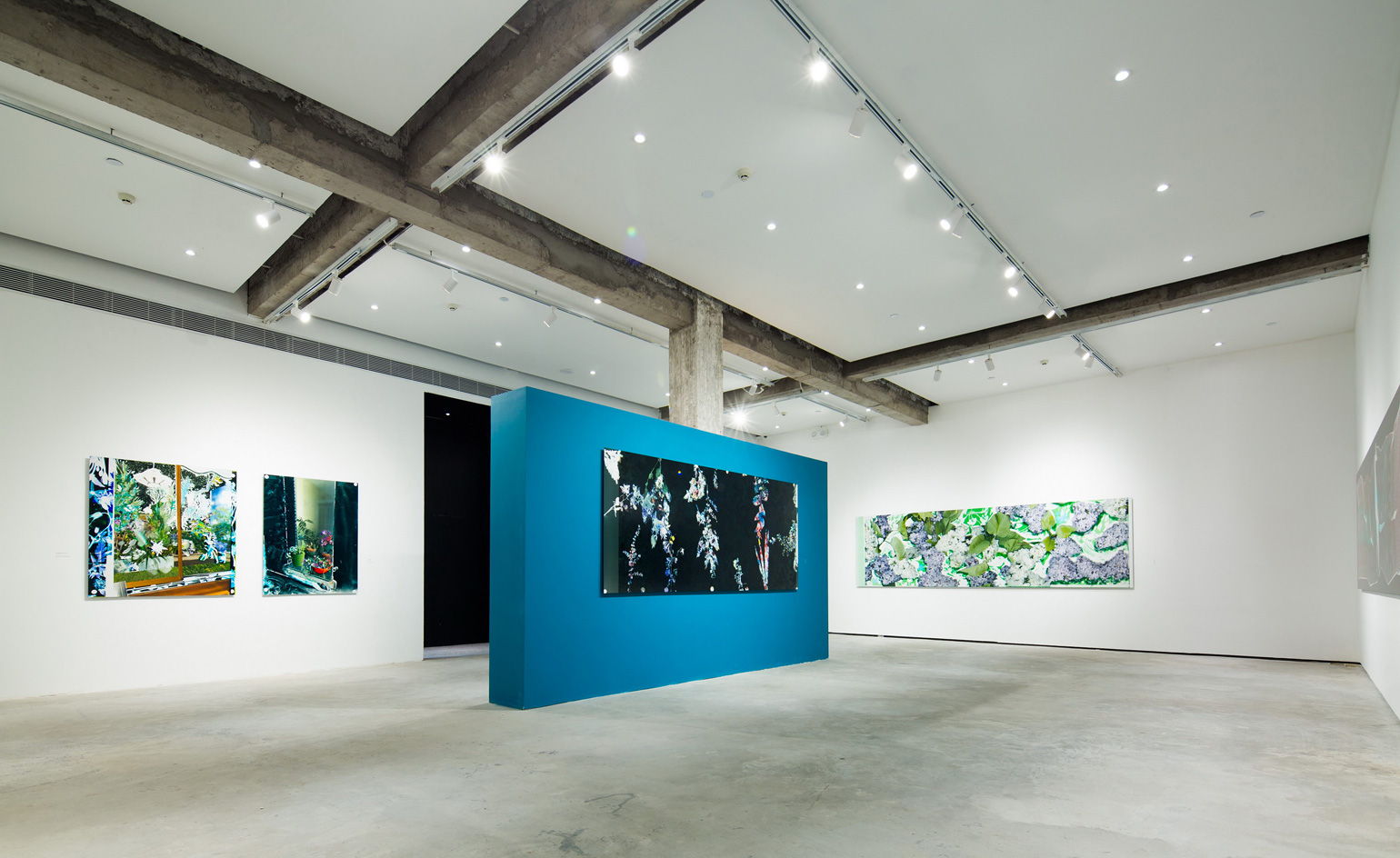
Installation view of Baptiste Rabichon’s floral photo-collages. Courtesy of Lianzhou Museum of Photography
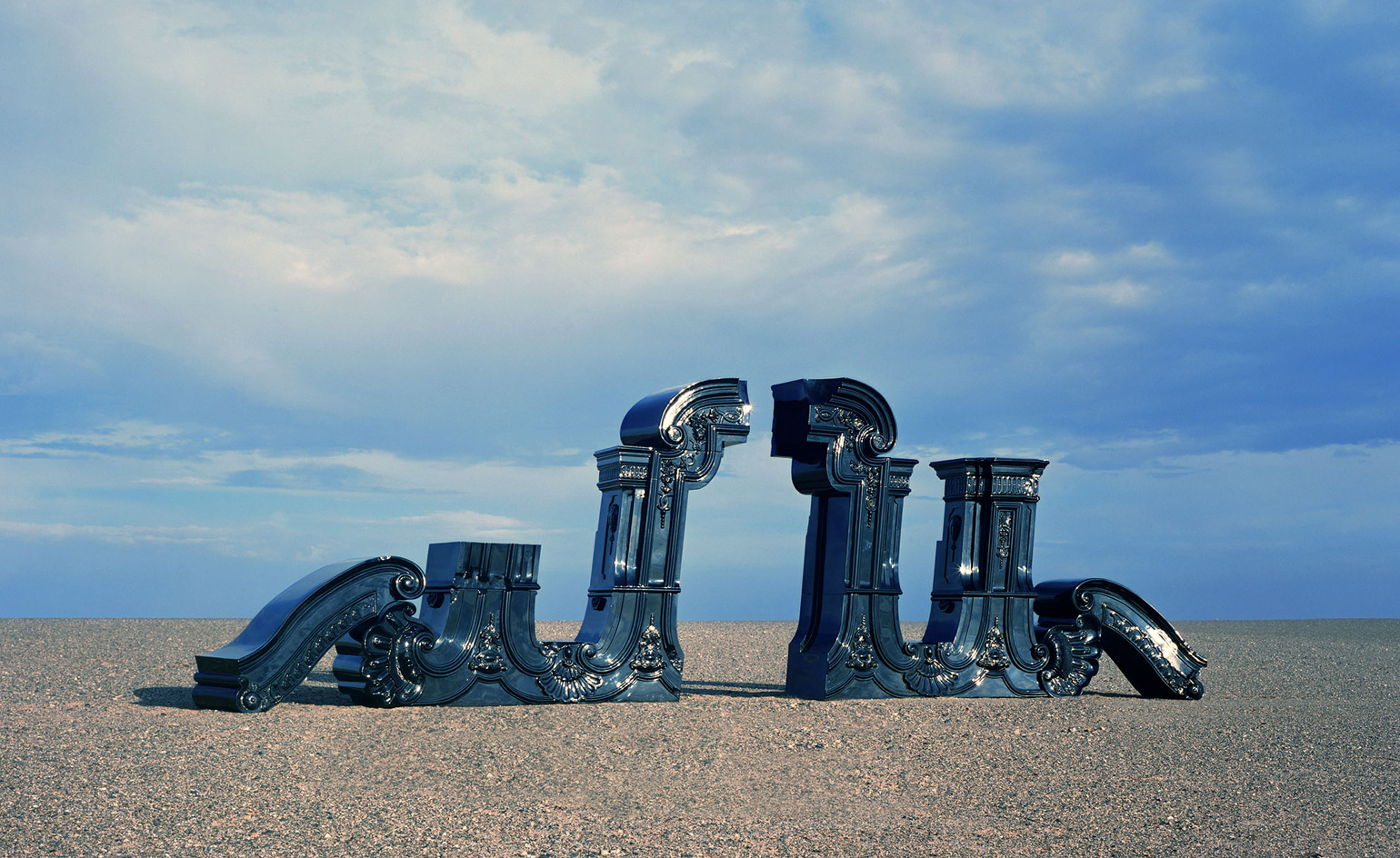
Qilian Range, 2014, by Zhuang Hui

The main exhibition hall. Courtesy of Lianzhou Museum of Photography
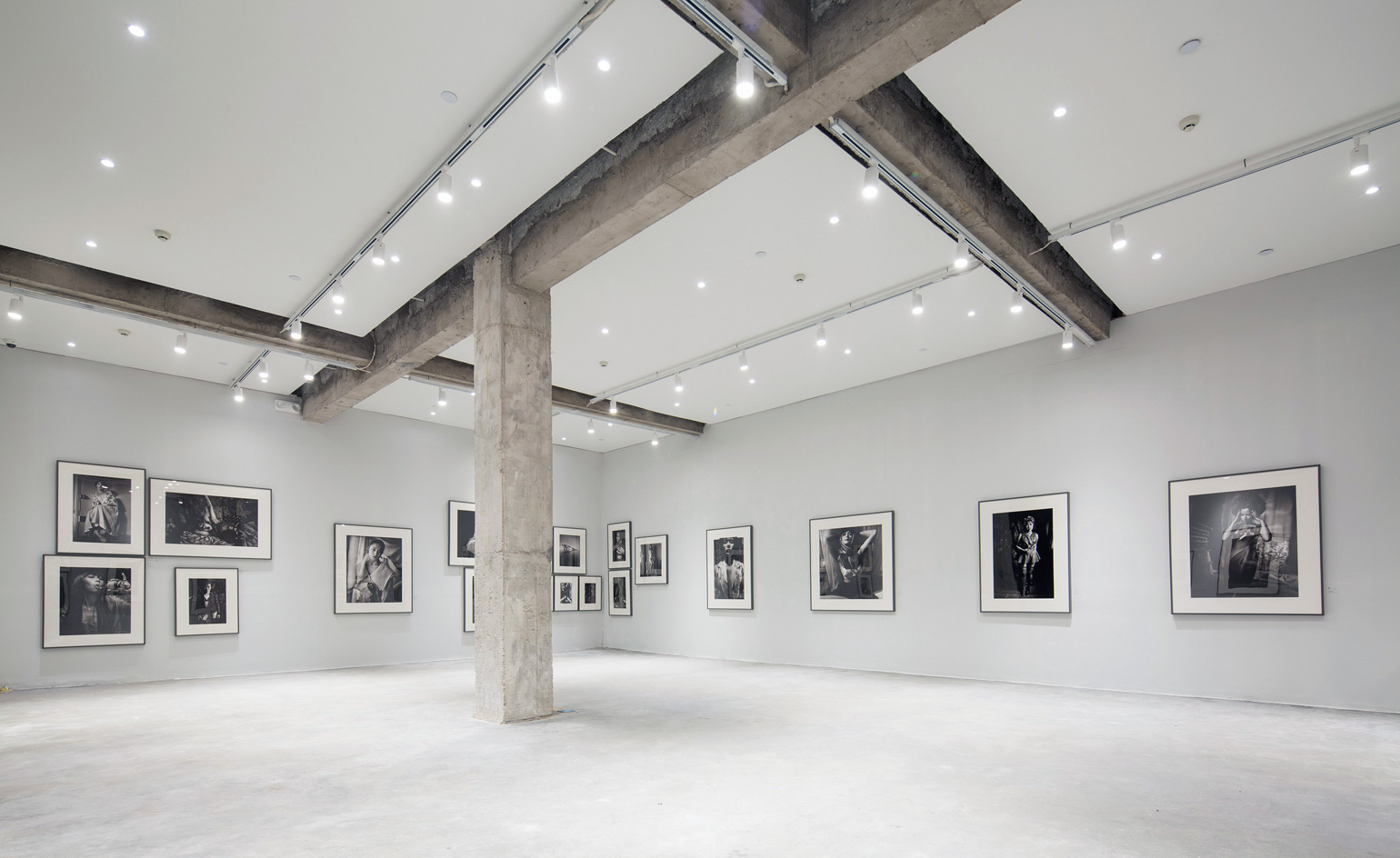
Installation view of Zhang Hai’er’s Bad Girls portrait series. Courtesy of Lianzhou Museum of Photography
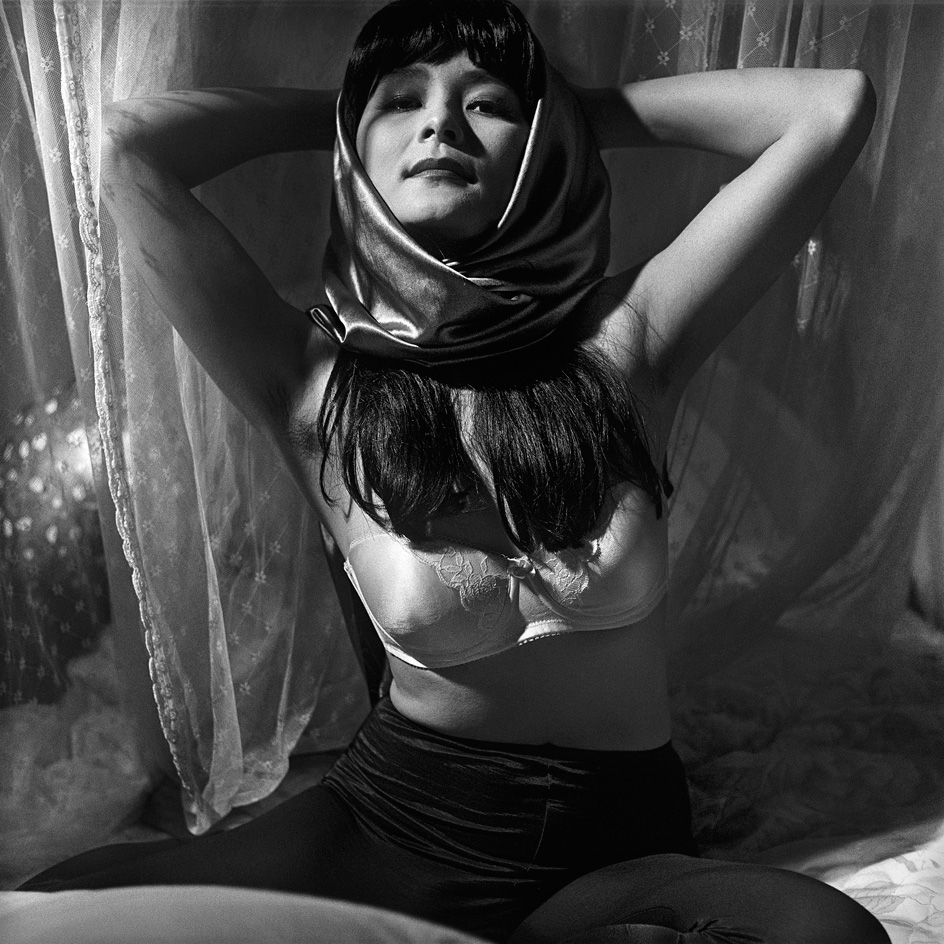
Tang Cuiying, Guangzhou, 1994, by Zhang Hai’er
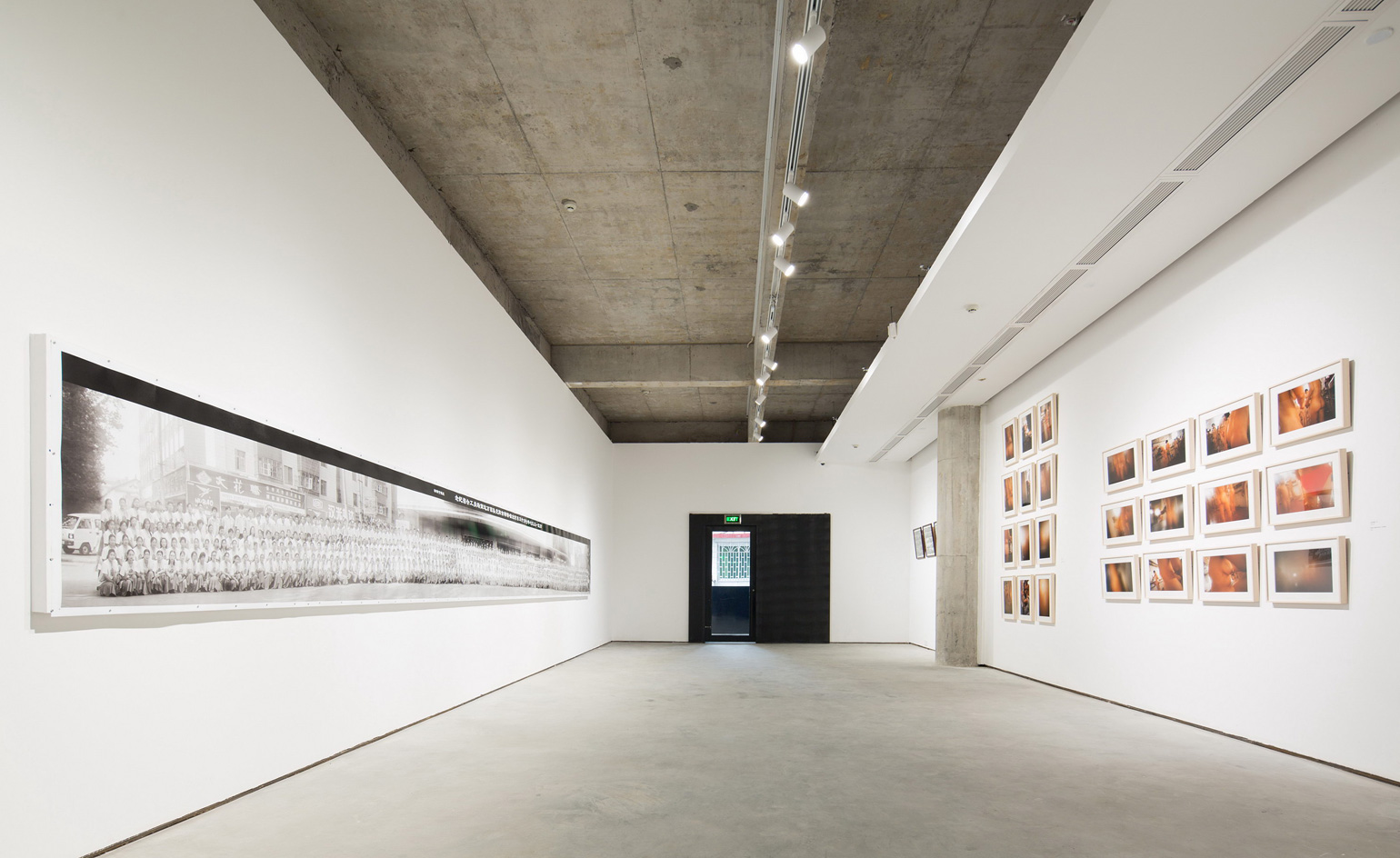
The inaugurating exhibitions feature a mix of local and international artists. Courtesy of Lianzhou Museum of Photography
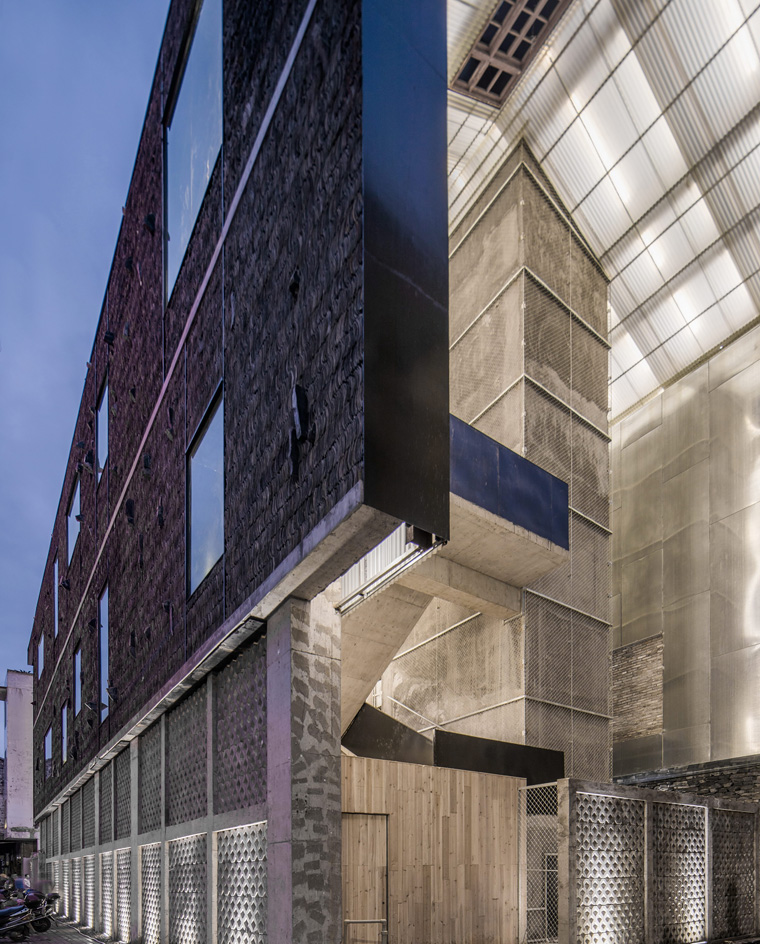
Inspired by the ‘large Lianzhou-style houses’ in the old city, three continuous sloped planes cover the building. Courtesy of Lianzhou Museum of Photography
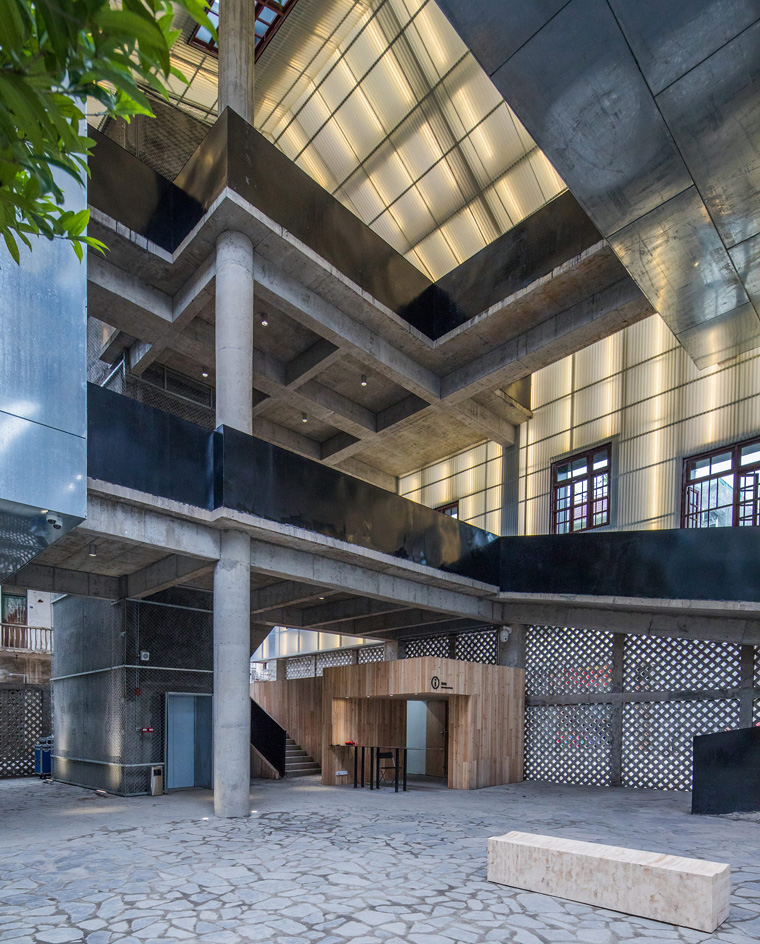
The architects used several locally-produced materials unique to the area, including dark gravel, steel plate, light brick walls, and green tiles. Courtesy of Lianzhou Museum of Photography
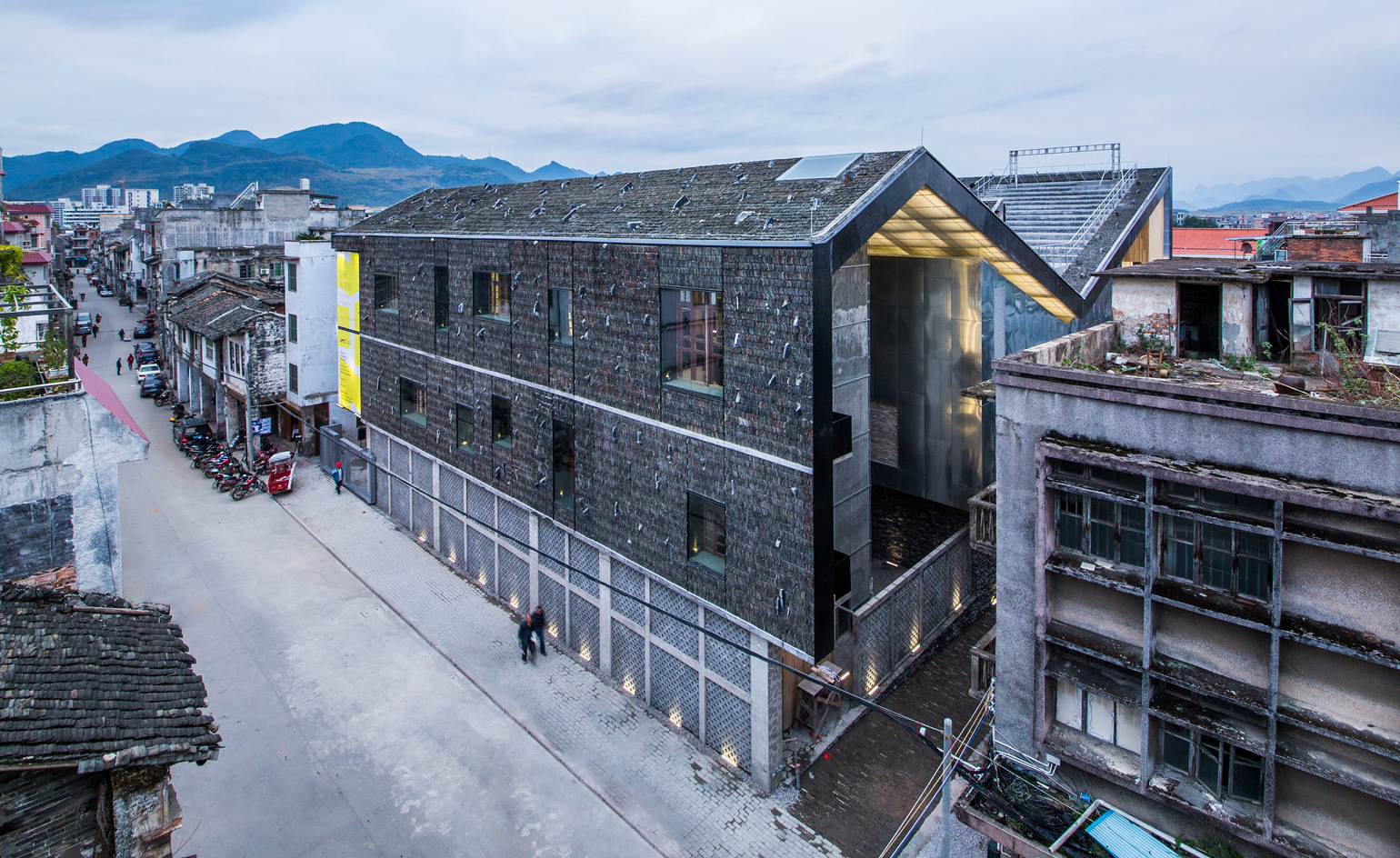
The museum is located on Zhongshan Nan Road in Lianzhou’s old city, linking Zhongshan Bei Road, Jianguo Road, and Chenghuang Road. Courtesy of Lianzhou Museum of Photography
INFORMATION
For more information, visit the Lianzhou Museum of Photography website
ADDRESS
Wallpaper* Newsletter
Receive our daily digest of inspiration, escapism and design stories from around the world direct to your inbox.
No 14 Tuanjie Road
Overseas Chinese New Town
Yuexiu District
Guangzhou
-
 Nikos Koulis brings a cool wearability to high jewellery
Nikos Koulis brings a cool wearability to high jewelleryNikos Koulis experiments with unusual diamond cuts and modern materials in a new collection, ‘Wish’
By Hannah Silver
-
 A Xingfa cement factory’s reimagining breathes new life into an abandoned industrial site
A Xingfa cement factory’s reimagining breathes new life into an abandoned industrial siteWe tour the Xingfa cement factory in China, where a redesign by landscape specialist SWA Group completely transforms an old industrial site into a lush park
By Daven Wu
-
 Put these emerging artists on your radar
Put these emerging artists on your radarThis crop of six new talents is poised to shake up the art world. Get to know them now
By Tianna Williams
-
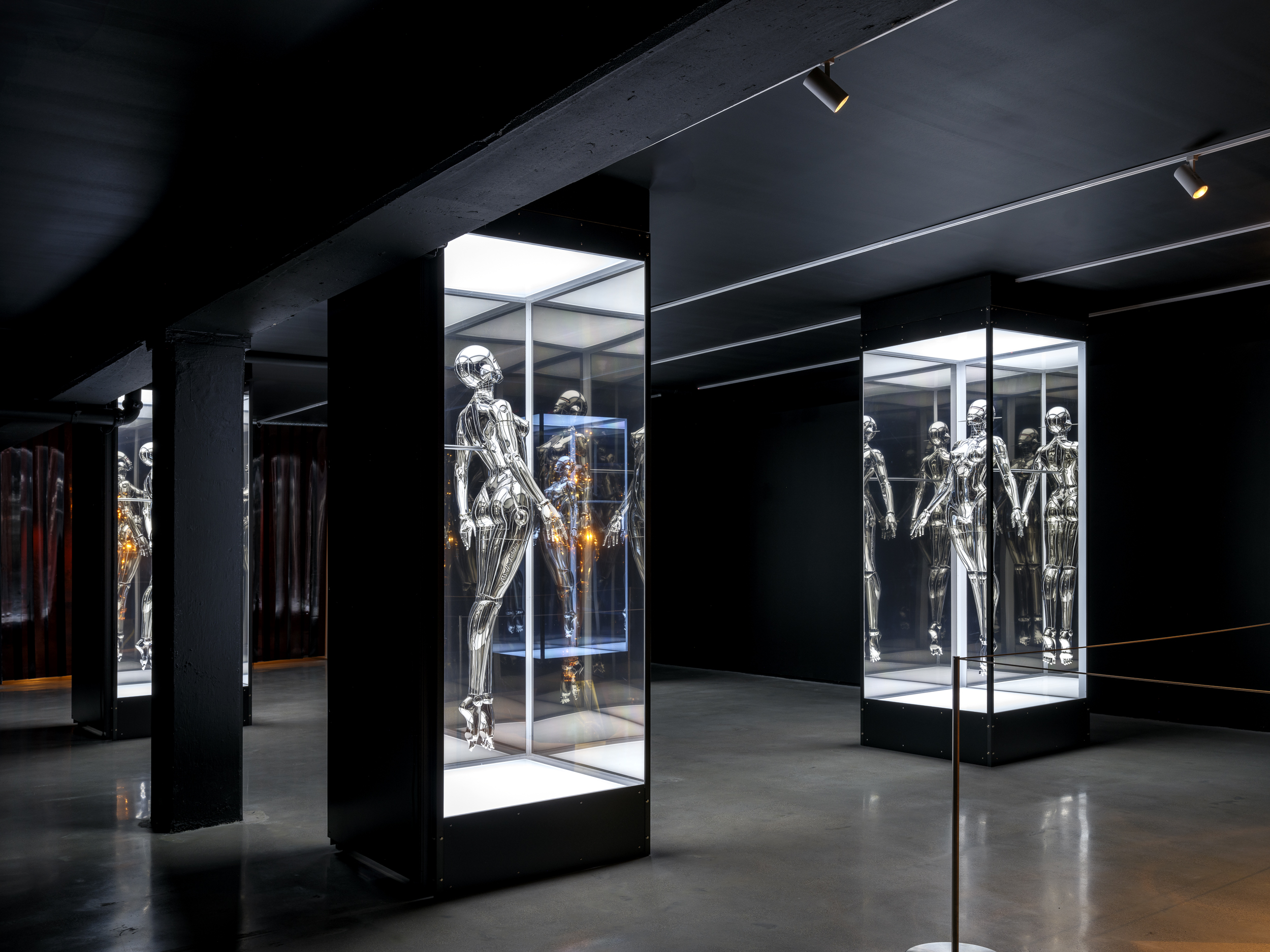 Miami’s new Museum of Sex is a beacon of open discourse
Miami’s new Museum of Sex is a beacon of open discourseThe Miami outpost of the cult New York destination opened last year, and continues its legacy of presenting and celebrating human sexuality
By Anna Solomon
-
 What is RedNote? Inside the social media app drawing American users ahead of the US TikTok ban
What is RedNote? Inside the social media app drawing American users ahead of the US TikTok banDownloads of the Chinese-owned platform have spiked as US users look for an alternative to TikTok, which faces a ban on national security grounds. What is Rednote, and what are the implications of its ascent?
By Anna Solomon
-
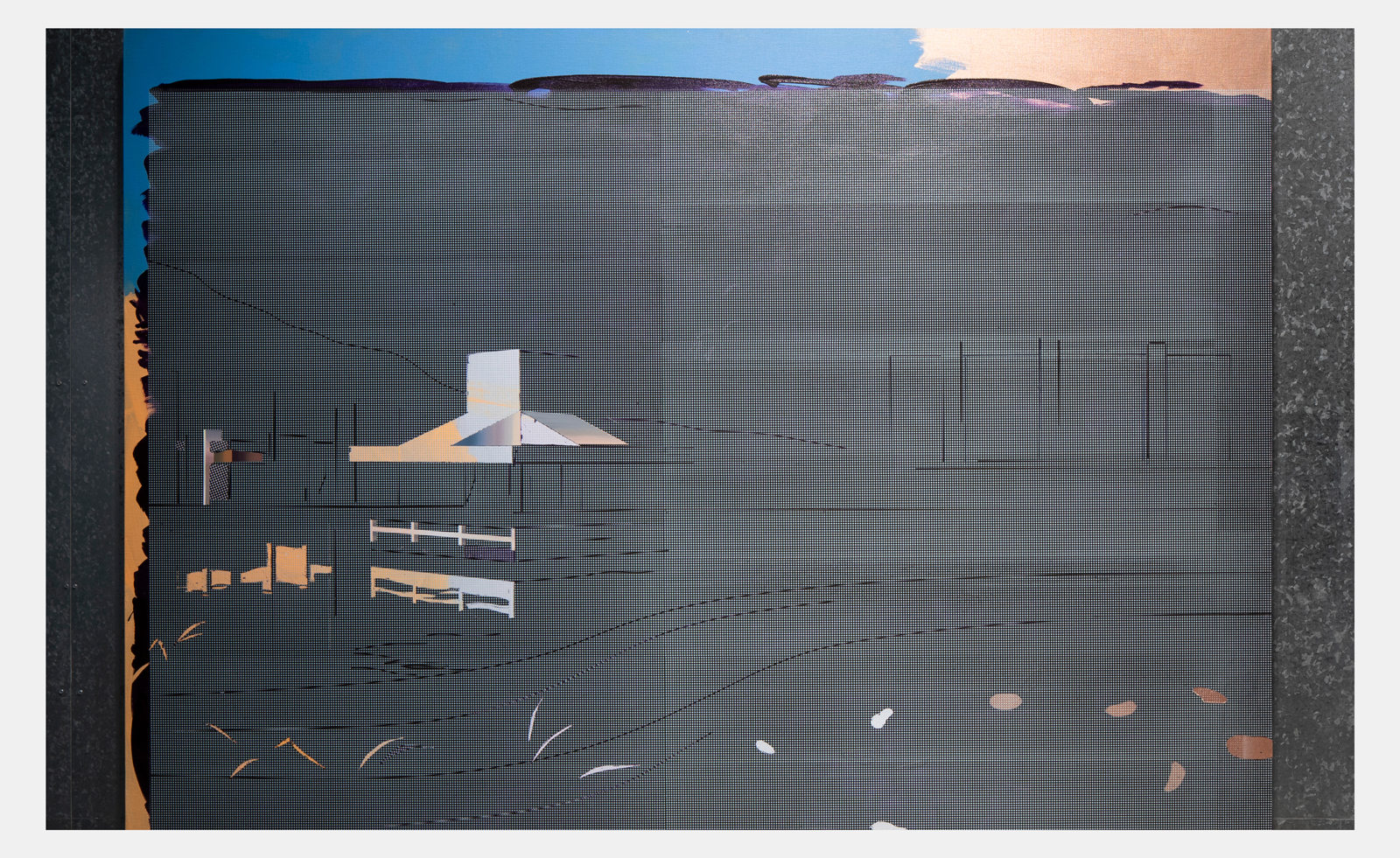 Cui Jie revisits past utopian architectures in her retro-futuristic cityscapes
Cui Jie revisits past utopian architectures in her retro-futuristic cityscapesCui Jie responds to the ‘Cosmos Cinema’ theme of the Shanghai Biennale 2023
By Finn Blythe
-
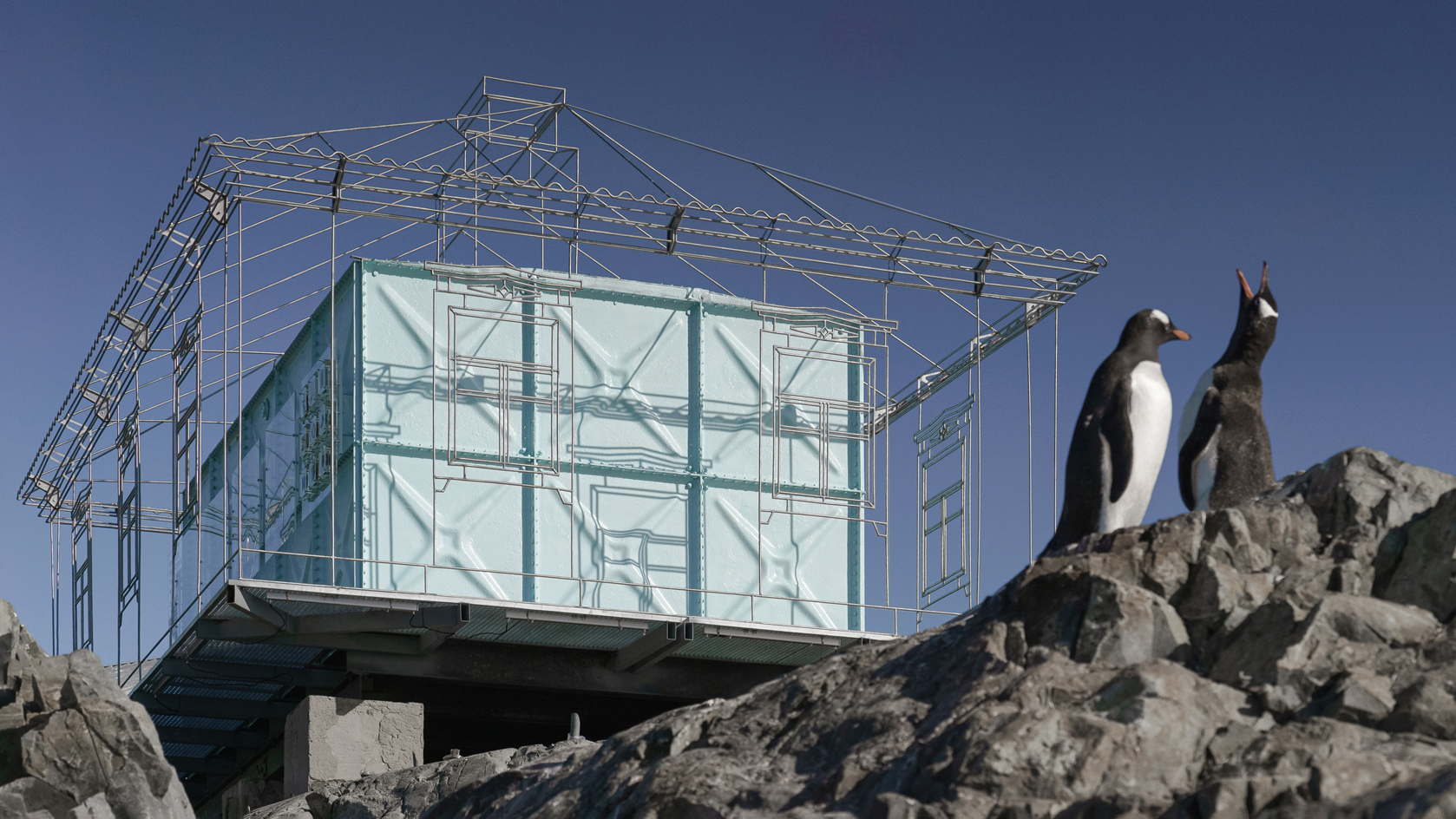 Remote Antarctica research base now houses a striking new art installation
Remote Antarctica research base now houses a striking new art installationIn Antarctica, Kyiv-based architecture studio Balbek Bureau has unveiled ‘Home. Memories’, a poignant art installation at the remote, penguin-inhabited Vernadsky Research Base
By Harriet Lloyd-Smith
-
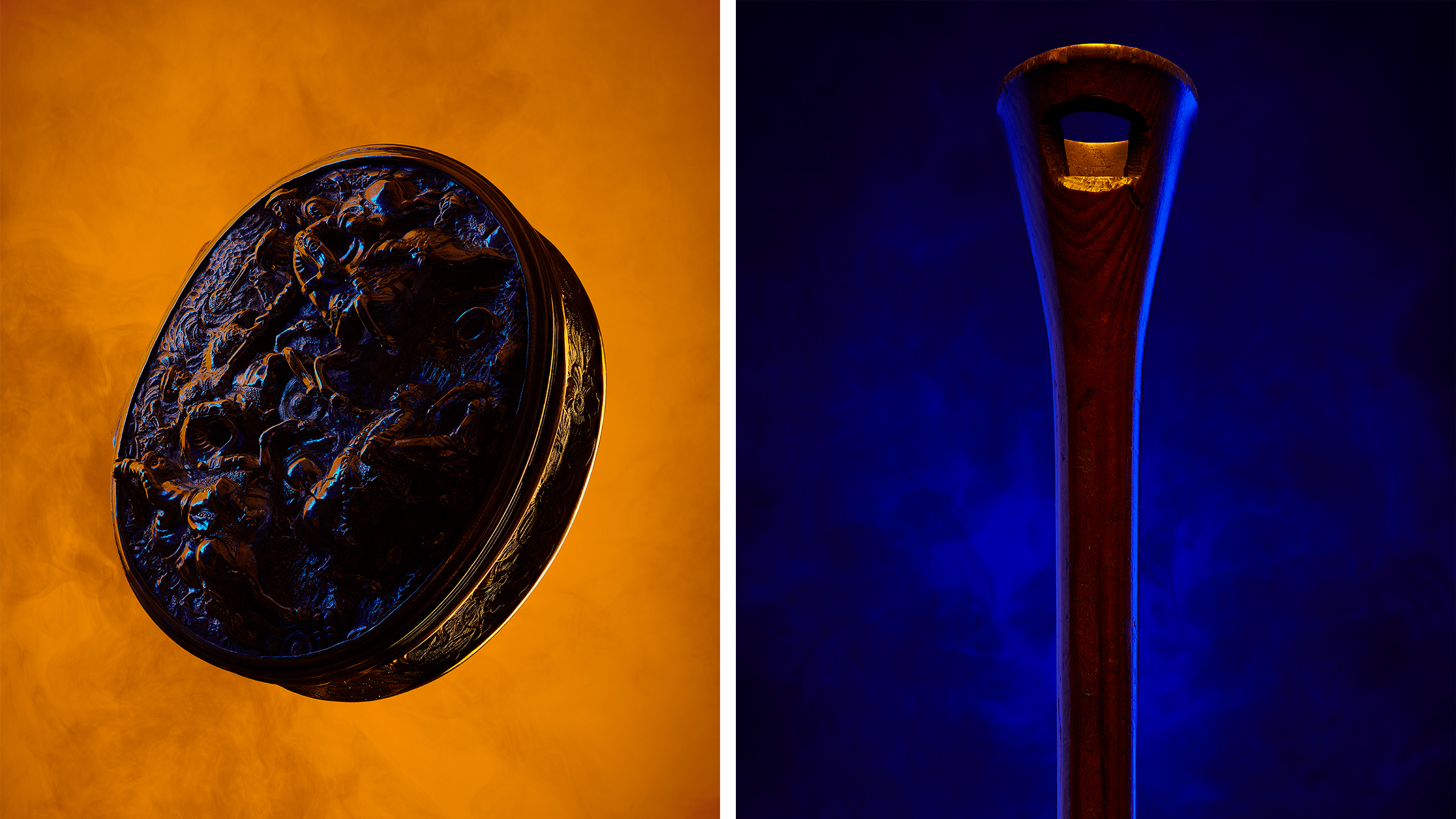 Royal College of Physicians Museum presents its archives in a glowing new light
Royal College of Physicians Museum presents its archives in a glowing new lightLondon photography exhibition ‘Unfamiliar’, at the Royal College of Physicians Museum (23 January – 28 July 2023), presents clinical tools as you’ve never seen them before
By Martha Elliott
-
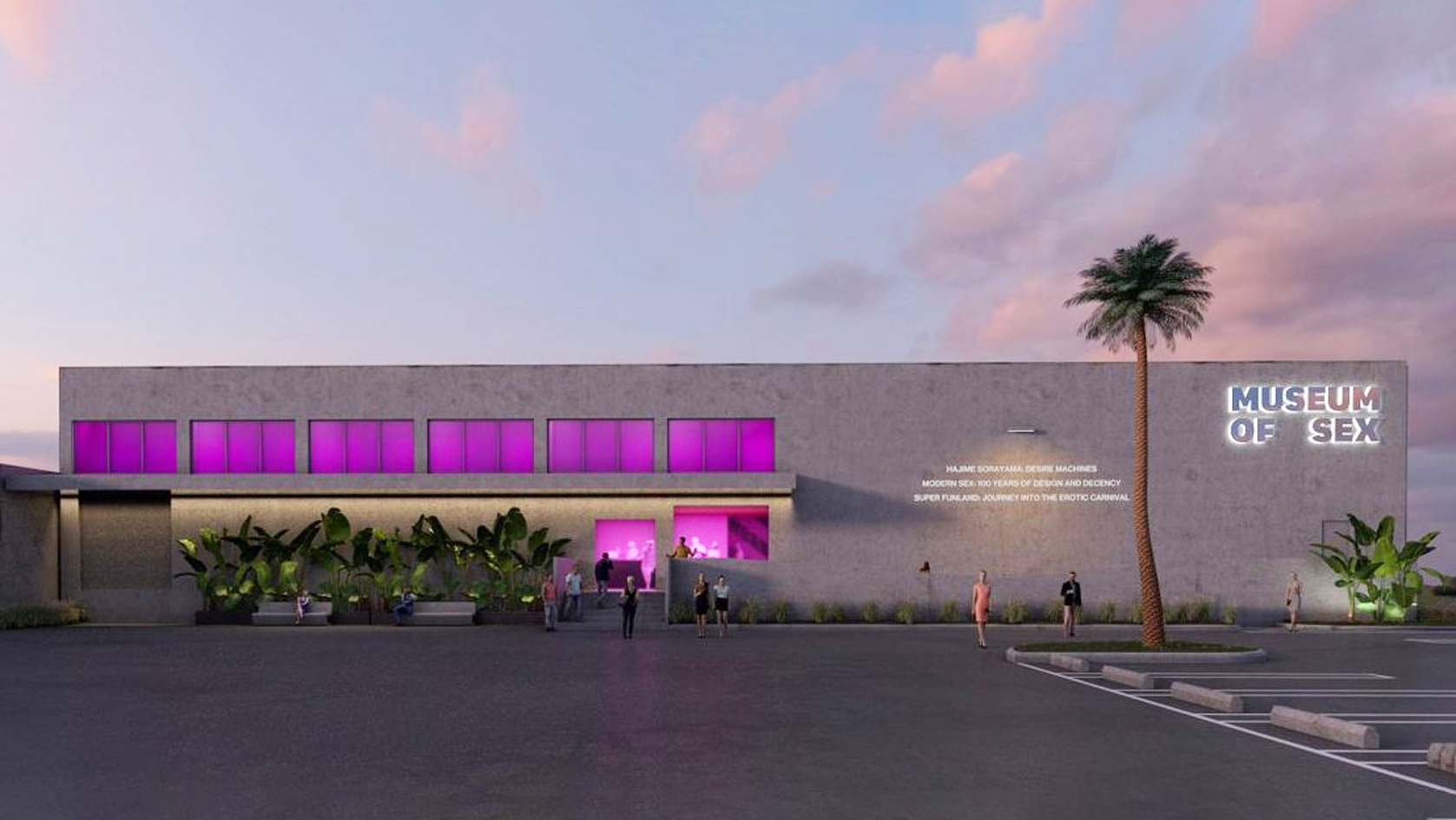 Museum of Sex to open Miami outpost in spring 2023
Museum of Sex to open Miami outpost in spring 2023The Museum of Sex will expand with a new Miami outpost in spring 2023, housed in a former warehouse reimagined by Snøhetta and inaugurated with an exhibition by Hajime Sorayama
By Harriet Lloyd-Smith
-
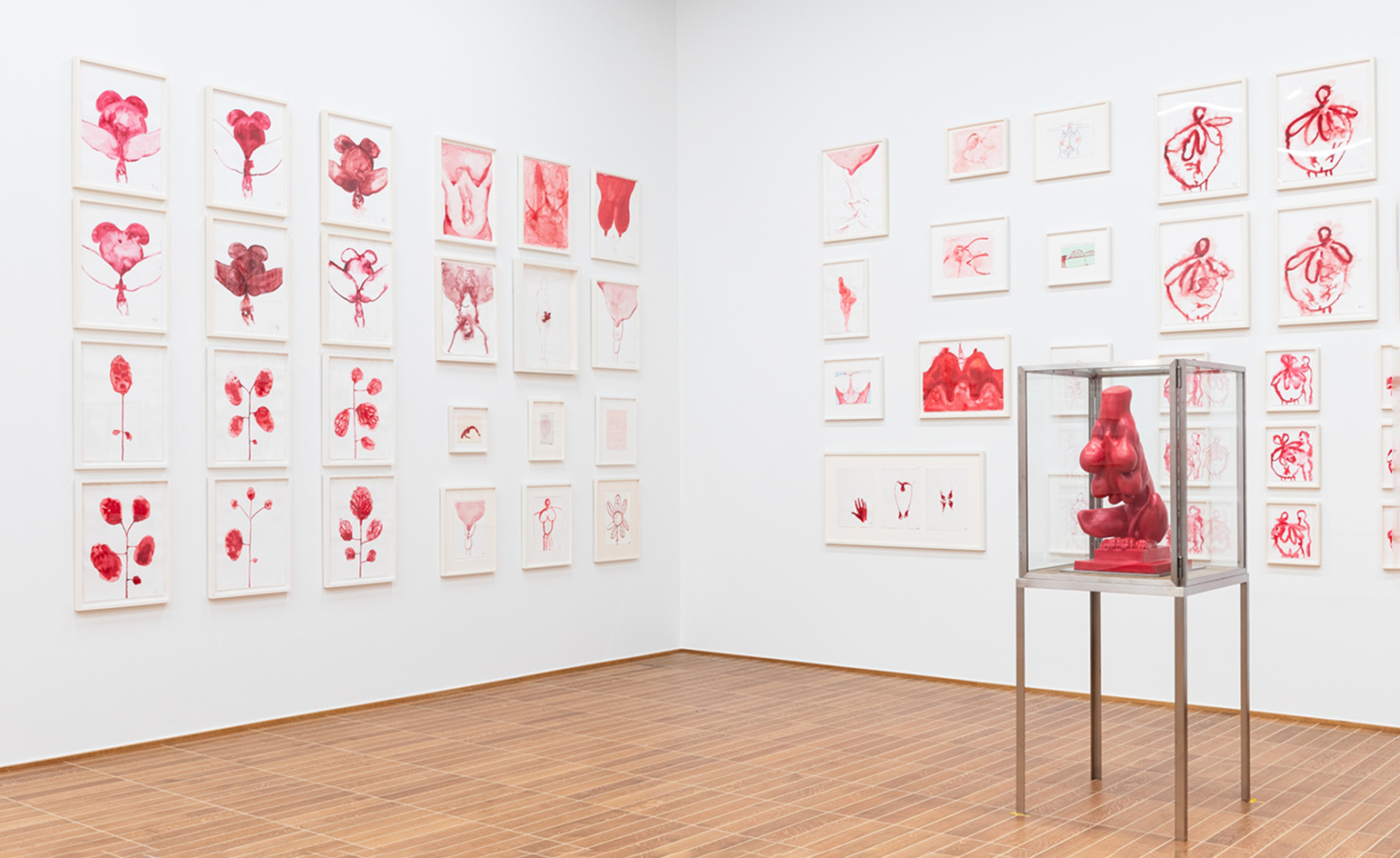 Jenny Holzer curates Louise Bourgeois: ‘She was infinite’
Jenny Holzer curates Louise Bourgeois: ‘She was infinite’The inimitable work of Louise Bourgeois is seen through the eyes of Jenny Holzer in this potent meeting of minds at Kunstmuseum Basel
By Amah-Rose Abrams
-
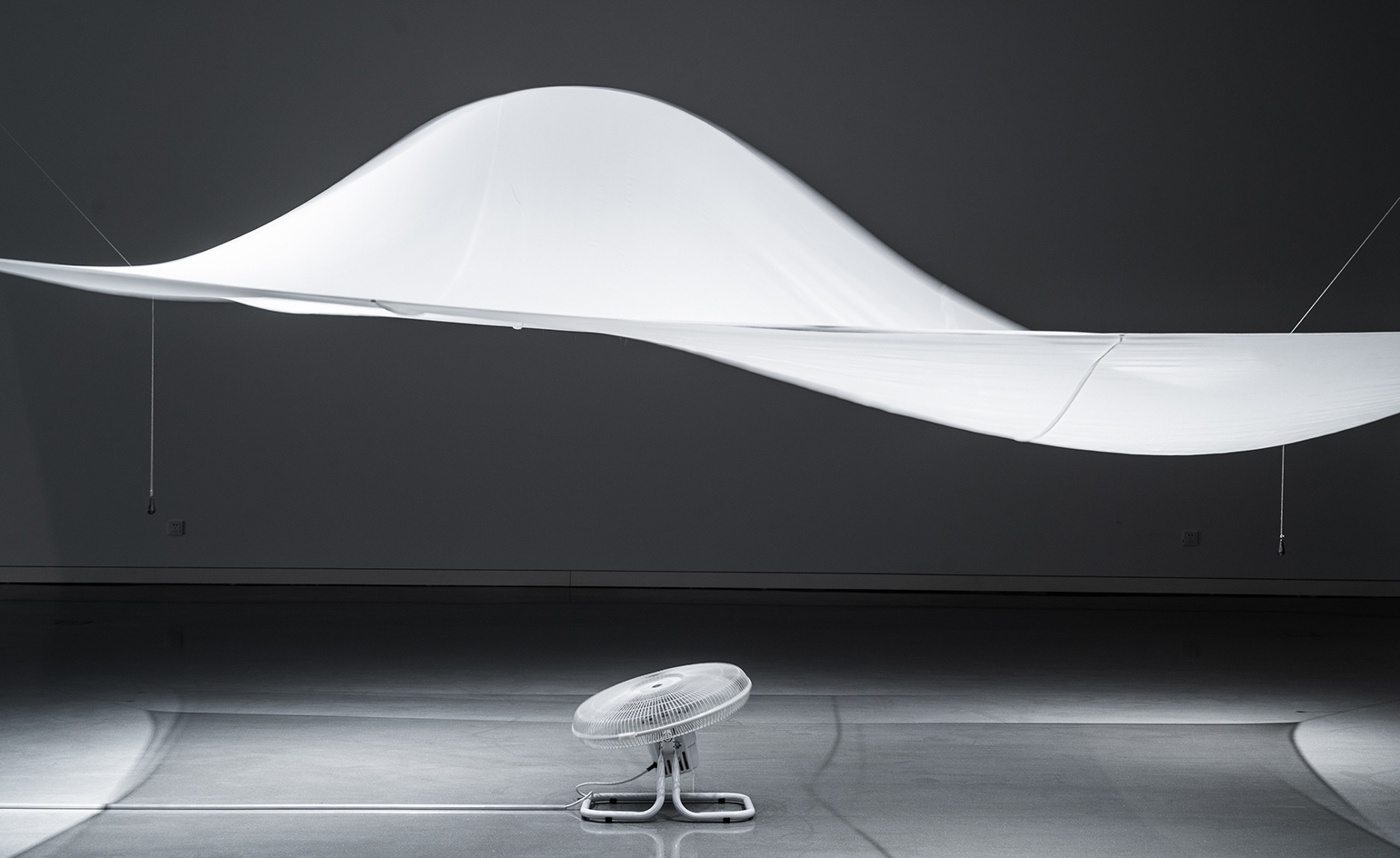 ‘A Show About Nothing’: group exhibition in Hangzhou celebrates emptiness
‘A Show About Nothing’: group exhibition in Hangzhou celebrates emptinessThe inaugural exhibition at new Hangzhou cultural centre By Art Matters explores ‘nothingness’ through 30 local and international artists, including Maurizio Cattelan, Ghislaine Leung, Hiroshi Sugimoto, Liu Guoqiang and Yoko Ono
By Yoko Choy